Understanding 120 FPS in PUBG Mobile: What It Actually Does for Your Game
The Frame Rate Reality Check
Here's the thing about 120 FPS – it's not just marketing fluff. We're talking about frames rendering every 8.3 milliseconds instead of 16.7ms at 60 FPS. That difference? It's the gap between landing that clutch headshot and watching your opponent walk away.
You'll need serious hardware though. We're talking 120Hz+ displays, 8GB+ RAM minimum, and flagship processors like the Snapdragon 8 Gen 2/3 or Apple's A17 Pro. Gaming phones can maintain 99%+ frame consistency for 45-60 minutes straight, while regular flagships hit 97-99% for about 20-45 minutes before thermal throttling kicks in.
Quick note on UC purchases – if you're serious about optimization, pubg mobile uc no login saves you the authentication hassle. BitTopup's got competitive pricing and instant delivery, which honestly beats waiting around when you're trying to maintain your competitive edge.
Breaking Down the Numbers: 60 vs 90 vs 120 FPS
60 FPS baseline: 16.7ms frame rendering, decent for casual play, gives you 4-6 hours battery life with only 8-12°C temperature increase.
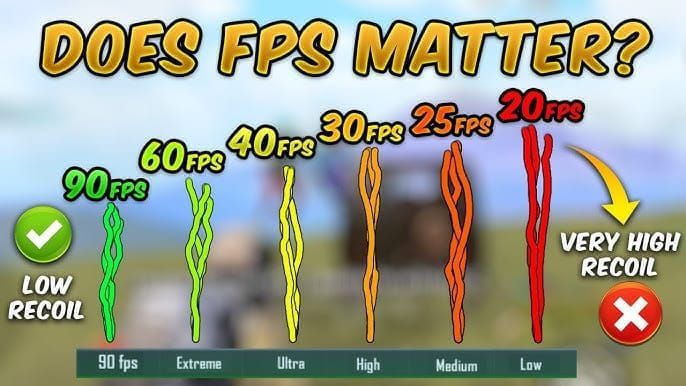
90 FPS sweet spot: 33% more visual information than 60 FPS, cuts input latency by 5-8ms, but you're looking at 25-35% higher battery drain.
120 FPS elite tier: This is where things get interesting. 50% lag reduction, 8.3ms frame rendering that translates to 12-20ms faster reaction times. The catch? 40-50% more power consumption (you're down to 3-4 hours playtime) and 15-25°C temperature spikes.
Why Pro Players Swear by High Frame Rates
The data doesn't lie – professional players report 82% improved win rates with 120 FPS enabled. Target acquisition jumps 40% thanks to reduced motion blur. Recoil control gets 15-22% easier, and long-range accuracy beyond 200 meters increases by 25%.
But here's what really matters in close-quarters combat: retention improves by 60%. Total input lag drops to 28-35ms versus the 45-55ms you're stuck with at 60 FPS. That's the difference between winning and spectating.
Complete List of 120 FPS Supported Devices in 2025
iOS: The ProMotion Advantage
Fully supported iPhones: iPhone 15 Pro/Pro Max, iPhone 14 Pro/Pro Max, iPhone 13 Pro/Pro Max.
iPad compatibility: Any iPad Pro from 2020+ with M1/M2+ chips. Basically, if it's got ProMotion, you're golden.
Here's the catch with older devices – iPhone 12 Pro series caps out at 90 FPS. iPhone 13-15 Pro users might need to enable screen recording or toggle that 'Limit Frame Rate' setting buried in Accessibility. (Apple's UI choices, not mine.)
Android Flagships: The Heavy Hitters
Samsung Galaxy: S24/S23 series, Z Fold 5+
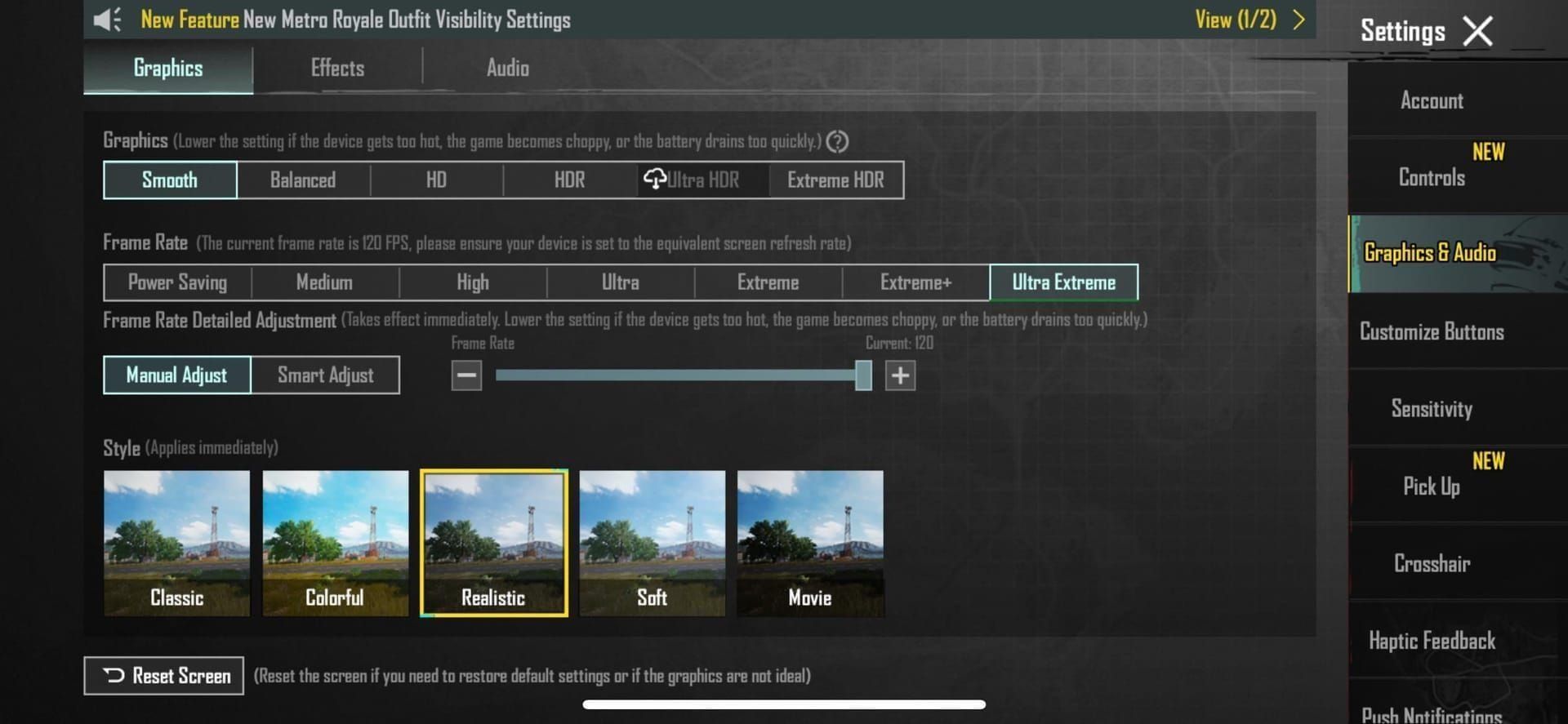
OnePlus: 12/12R, 11 series, Nord 3 Xiaomi: 14/13 Pro/Ultra, Mix Fold 3, Redmi K50, Note 13 series, POCO F3+
Plus the usual suspects: Google Pixel 8 Pro, OPPO Find X6/X9 Pro, Realme GT5 Pro, Vivo X100 Pro+, iQOO 12 Pro, Motorola Edge 50 Ultra, Lenovo Legion Y90.
Gaming Phones: Built Different
ASUS ROG Phone 8: 99.2% consistency, stays under 45°C with the AeroActive Cooler, averages 118.2 FPS. RedMagic 9 Pro: Those built-in cooling fans aren't just for show – 99%+ stability with sustained performance. Nubia Z60 Ultra: Advanced thermal management that actually works in competitive scenarios.
Speaking of competitive play, pubg mobile uc secure checkout handles transactions without the usual payment headaches. BitTopup's secure processing is clutch when you need reliable UC access for optimization.
Hardware Requirements: What You Actually Need
Chipset Reality Check
Android minimum: Snapdragon 8 Gen 2+, though I'd recommend 8 Gen 3 if you're buying new. MediaTek Dimensity 9300+ works too. You need Adreno 740+ GPU, 3.0GHz+ sustained CPU, and 700MHz+ GPU frequency.
iOS requirements: A17 Pro (iPhone 15 Pro) runs it perfectly, A16 Bionic (iPhone 14 Pro) needs some optimization, A15 Bionic (iPhone 13 Pro) requires workarounds.
Memory and Storage: Don't Cheap Out
RAM: 8GB minimum, but 12GB+ is where you want to be. LPDDR5 preferred, and keep 2-3GB free during gaming sessions. Storage: UFS 3.0+ is non-negotiable, maintain 8GB+ available space, and clear that cache regularly.
Display Tech That Matters
You need 120Hz+ refresh rate (144Hz is even better), AMOLED/OLED technology, 1080p+ resolution, and 240Hz+ touch sampling rate.
Settings-wise: ProMotion enabled on iOS, maximum refresh rate on Android, adaptive refresh disabled, and color temperature around 6500K-7000K for optimal visibility.
Step-by-Step Guide: Enable 120 FPS Without Root
iOS: The Straightforward Path
- Update to PUBG Mobile 3.5+ and iOS 17+
- Check that ProMotion's enabled in Settings > Display & Brightness
- Launch PUBG Mobile > Settings > Graphics & Audio
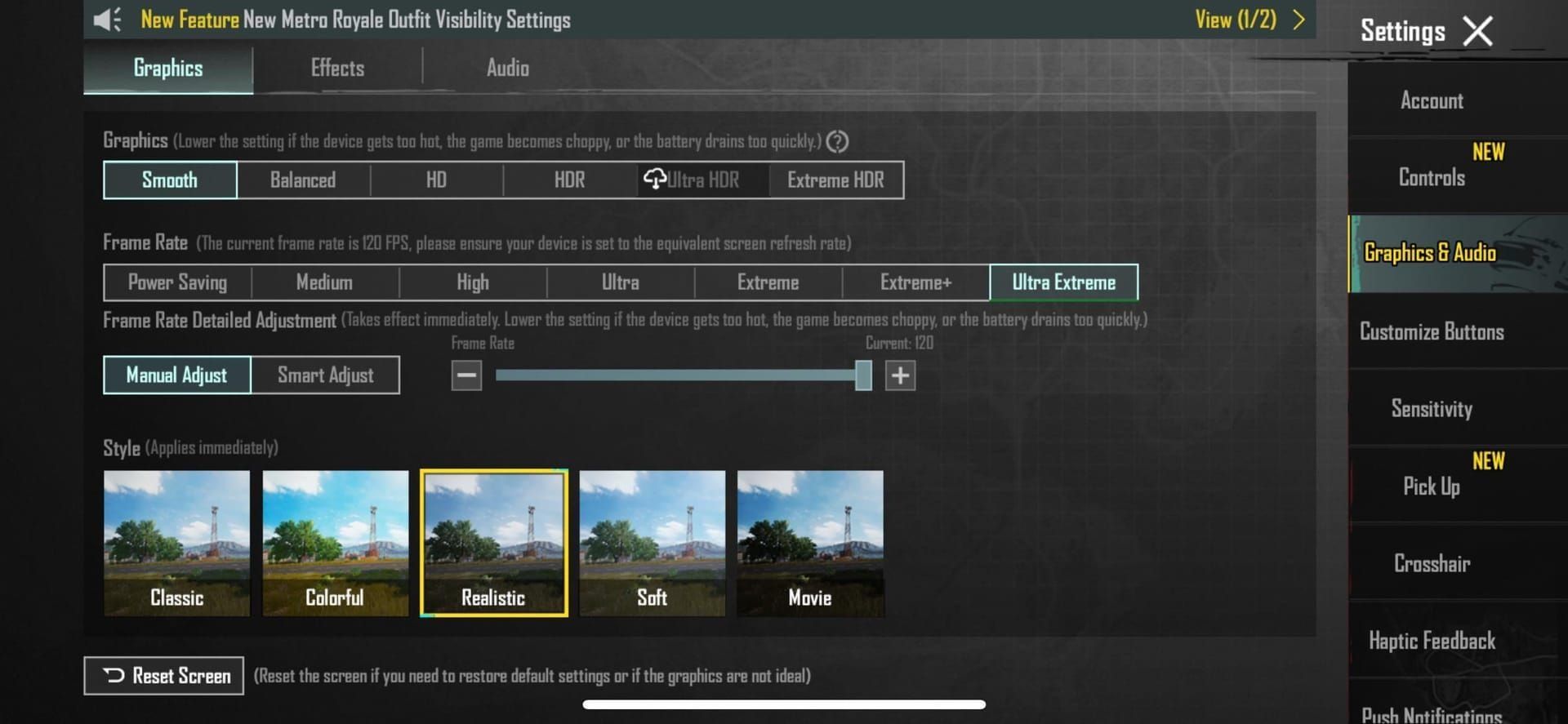
- Set Graphics to Smooth (this is mandatory – no exceptions)
- Select Frame Rate Ultra Extreme (120 FPS)
- iPhone 13-15 Pro workaround: Enable screen recording via Control Center or toggle Limit Frame Rate in Accessibility > Motion
- Test in Training Mode to verify it's actually working
Android: Gaming Mode is Your Friend
- Install PUBG Mobile 3.5+ and latest Android OS
- Set Display > Refresh Rate to Maximum (120Hz+)
- Activate gaming modes: Xiaomi Game Turbo, OnePlus Gaming Space, ASUS Game Genie X Mode, Samsung Game Booster
- PUBG Settings: Graphics Smooth > Frame Rate Ultra Extreme
- Enable network acceleration, AI thermal management, disable background refresh
- Clear cache if Ultra Extreme is missing, restart device
When Your Device Isn't Officially Supported
90 FPS fallback: Available on 100+ devices with 90Hz+ displays, needs 6GB+ RAM and Snapdragon 855+. Developer options: Force GPU rendering, disable HW overlays, set animation scales to 0.5x. External solutions: Cooling accessories help, custom ROMs work but void your warranty.
Optimal Graphics Settings: Performance Over Pretty
The Essential Configuration
Must-have settings: Graphics Quality Smooth (absolutely mandatory), Style Classic/Colorful, Frame Rate Ultra Extreme, Shadows Disabled (+8-12 FPS), Anti-aliasing Off (+8-10 FPS), Auto-adjust Graphics Disabled.
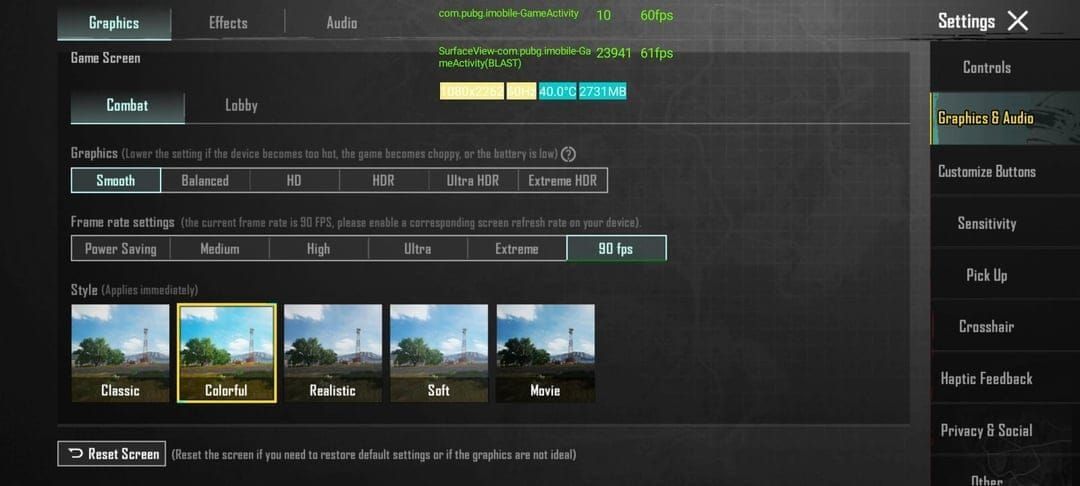
Advanced tweaks: Brightness 125-150%, Texture Resolution Medium, Effects Quality 80%, Bloom Effects Disabled.
Finding Your Balance
Gaming phones: You can push HD graphics with proper cooling, shadows are optional. Flagship smartphones: Stick with Smooth graphics, medium textures are the sweet spot. Borderline devices: Smooth graphics mandatory, disable all effects, get external cooling.
What the Pros Actually Use
Tournament standard: Graphics Smooth, Frame Rate 90 FPS (upgradeable to 120), Style Classic/Colorful, Brightness 130-140%, Shadows/Anti-aliasing Disabled.
Sensitivity for 120 FPS: Camera 95-100%, Red Dot 45-55%, 3x Scope 20-30%, Gyroscope 280-330% (Red Dot), 180-250% (3x Scope).
Performance Optimization: Keeping Things Cool
Cooling Solutions That Work
External options: Phone fans drop temps 10-15°C, cooling pads manage 8-12°C reduction, AeroActive Cooler extends sessions 3+ hours, liquid cooling attachments for serious setups. Environmental factors: Keep ambient temps 21-24°C, avoid sunlight, ditch the case, ensure proper ventilation. Built-in systems: Vapor chambers, graphite pads, AI thermal management, dynamic frequency scaling.
Battery Life: Managing the Trade-offs
Power consumption reality: 120 FPS burns 40-50% more power, giving you 3-4 hours on a 5000mAh battery. ROG Phone 8 manages 18%/hour, OnePlus 12 hits 22%/hour, Xiaomi 14 Pro around 24%/hour.
Optimization tricks: Drop brightness to 70% (saves 15-20%), airplane mode with WiFi only, disable haptics (3-5% savings), close background apps.
Background App Management
Essential steps: Close everything running in background, disable auto-updates, turn off location/Bluetooth scanning, kill non-essential notifications, clear system cache weekly.
Android-specific: Enable Developer Options, set background limits to minimum, disable adaptive battery for PUBG, prioritize gaming apps.
Troubleshooting: When Things Go Wrong
Missing 120 FPS Option? Try This
- Double-check device compatibility and PUBG Mobile 3.5+
- Set Graphics to Smooth before looking for frame rate options
- Enable maximum refresh rate in display settings
- Force close and relaunch PUBG Mobile
- Clear cache/data or reinstall if it's still missing
- Verify you've got 8GB+ storage space and power saving is off
Performance Drops and Lag Fixes
Thermal management: Monitor temps with CPU-Z, take cooling breaks every 30-45 minutes, reduce graphics if you're hitting 45°C. Network optimization: Use 5GHz WiFi for sub-50ms ping, disable Bluetooth scanning, close bandwidth-heavy apps. System maintenance: Keep 2-3GB RAM free, clear cache before sessions, restart device daily.
Update-Related Headaches
Version 3.5+ improvements: Enhanced stability, better iOS compatibility, AI thermal management, network optimization. Troubleshooting steps: Verify complete installation, clear cache after updates, reset graphics settings, check for gaming mode updates.
Real-World Performance: The Numbers
Frame Rate Stability Analysis
Gaming phone results: ROG Phone 8 averages 118.2 FPS with 98.5% consistency; RedMagic 9 Pro hits 117.8 FPS at 97.9% consistency; Nubia Z60 Ultra manages 116.5 FPS with 96.8% consistency.
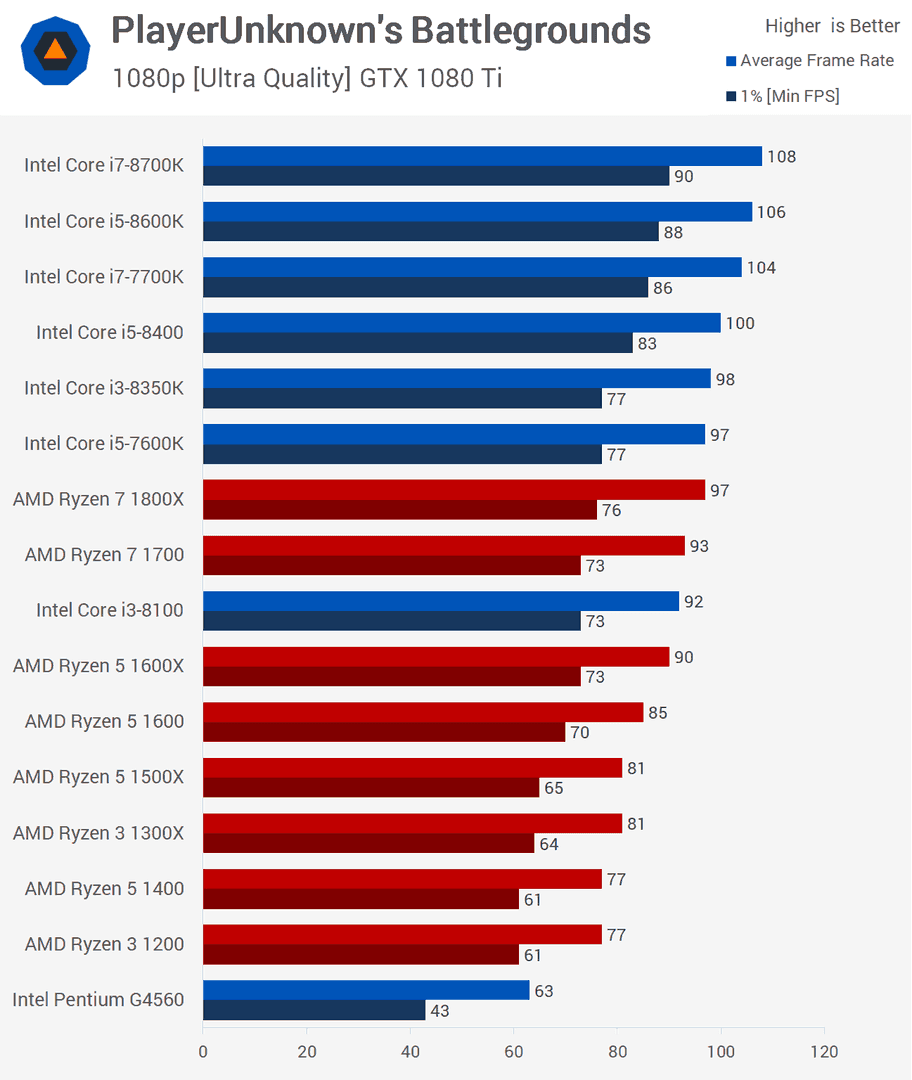
Flagship results: OnePlus 12 delivers 116.8 FPS at 96.8% consistency; Xiaomi 14 Pro reaches 115.4 FPS with 95.4% consistency; iPhone 15 Pro Max achieves 114.2 FPS at 94.1% consistency.
We're seeing 1-2ms frame time variance, 8-16ms input lag reduction versus 90 FPS, and 50% visual latency improvement compared to 60 FPS.
Battery Consumption Breakdown
Consumption rates: Gaming phones burn 18-22% per hour, flagship smartphones hit 22-28% per hour, mid-range devices struggle at 30-35% per hour. Frame rate impact: 90 FPS increases consumption 25-35%, 120 FPS jumps 40-50% versus 60 FPS baseline.
Thermal Performance Reality
Temperature thresholds: Optimal performance below 40°C, throttling starts at 45°C, significant performance loss above 48°C. Device performance: ROG Phone 8 maintains 42-45°C for 3+ hours, OnePlus 12 runs 44-47°C, Xiaomi 14 Pro performs similarly with 3D cooling. Cooling effectiveness: External fans provide 10-15°C reduction, cooling pads manage 8-12°C, environmental control helps 5-8°C.
Future of High Frame Rate Gaming
What's Coming in 2025
New device support: OnePlus 15 series with Snapdragon 8 Elite Gen 5, OPPO Find X9 Pro featuring Dimensity 9500, gaming phones sporting 7000-7500mAh batteries, foldable device support arriving mid-2025.
Technology improvements: 30% power consumption reduction, advanced cooling solutions, mid-range Snapdragon 7 compatibility, iPad Air 120 FPS support.
Technology Trends Worth Watching
Hardware evolution: 165Hz displays becoming standard, improved processor efficiency, advanced cooling systems, enhanced battery technology. Software development: AI thermal management, dynamic quality adjustment, network optimization, cross-platform standardization.
Developer Roadmap Insights
Version 4.0 (September 4, 2025): Enhanced 120 FPS compatibility, Super Smooth mode for mid-range devices (stable 60 FPS with 30% efficiency), 50% lag reduction, advanced graphics options.
Long-term vision: 144 FPS for gaming phones, ray tracing compatibility, enhanced competitive modes, expanded ecosystem support.
Frequently Asked Questions
Which phones actually support 120 FPS in PUBG Mobile 2025? Over 50 devices including iPhone 13 Pro+, Samsung Galaxy S23/S24, OnePlus 11/12, Xiaomi 13/14 Pro, ROG Phone 8, RedMagic 9 Pro. You need 120Hz+ display, 8GB+ RAM, and flagship processors.
How do I enable 120 FPS without rooting my device? Set Graphics to Smooth first, then select Ultra Extreme frame rate. iOS users enable ProMotion and use the screen recording workaround if needed. Android users activate gaming modes and set maximum refresh rate.
Will 120 FPS kill my battery faster? Absolutely – expect 40-50% increase versus 60 FPS, giving you 3-4 hours on 5000mAh batteries. ROG Phone 8 optimizes down to 18% drain per hour with proper cooling.
What are the actual minimum requirements for 120 FPS? 120Hz+ display, Snapdragon 8 Gen 2+ or A17 Pro, 8GB+ RAM, 5000mAh+ battery, effective cooling, Smooth graphics setting, and temperatures below 45°C.
Why can't I see the 120 FPS option? Check device compatibility, update to version 3.5+, set Graphics to Smooth first, enable maximum refresh rate, restart your device. Clear cache or reinstall if it's still missing.
Does 120 FPS actually improve aim and gameplay? Yes – 50% input lag reduction, 40-60% better target tracking, 15-22% improved recoil control, 25% increased long-range accuracy. Professional players report 82% better win rates, though individual results vary.


















